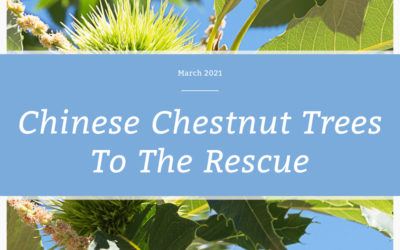Who doesn’t enjoy the thought of walking into their backyard and picking a perfectly ripe apple? Fruit trees can be fun for the whole family but they can also be a lot of work. Here are some tips to help you find the right fruit tree for you.
Apples
Let’s start with the most popular fruit tree, apples. From red to green to dwarf to semi-dwarf, apples come in all different flavors and sizes and finding the right apple tree for you might not be as simple as one might think. Apples trees are not self pollinating so you will need two separate varieties of apple trees within 100 yards of each other for your trees to produce fruit. Gala apples are the best species to get as an all around pollinator. Gala can pollinate any other species of apple trees that we get here at Martin’s and also happen to be one of the best tasting apples around!
Peaches
It’s hard to go a mile in the South in summer without seeing a roadside stand for peaches. A great southern fruit, peaches come in all shapes and sizes and the great news is they are a small, self pollinating tree! With beautiful pink blooms in spring, giving away to those delicious fuzzy fruits we all know so well a peach tree is a great way to get fresh fruit in your own yard without having to break the bank or needing acres and acres of space.
Cherries
Cherry trees come in both sweet and tart varieties, but the right variety for you will depend on space. Sweet cherries, a category that includes Bing, Black Tartarian, and Stella cherries, are typically not self pollinating and will require a second variety to produce fruit. The Black Tartarian cherry tree is a prolific pollinator and is a great pair for any cherry tree. The tart (sour) cherries, Early Richmond and Montmorency cherries, are self pollinating and would be a great choice for a small space.
The best time to plant fruit trees is in mid-February through March and need to be planted in a spot with full sun exposure. The trees will need consistent watering for the first year, especially in summer, and will need weekly watering in a drought. Fruit trees also need to be pruned as they grow to ensure proper airflow through the branches to reduce fungal growth. You will want to look for a straight main branch and with branches that go out rather than branches that point up. Any branch that does point up or crosses with another branch will need to be pruned during the fall or winter. It is also best to treat fruit trees with a fruit tree spray after the tree has flowered to reduce the chances of fungal growth or pests.

